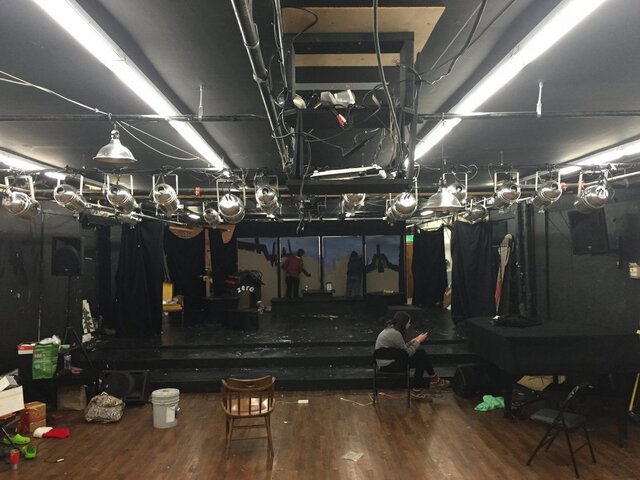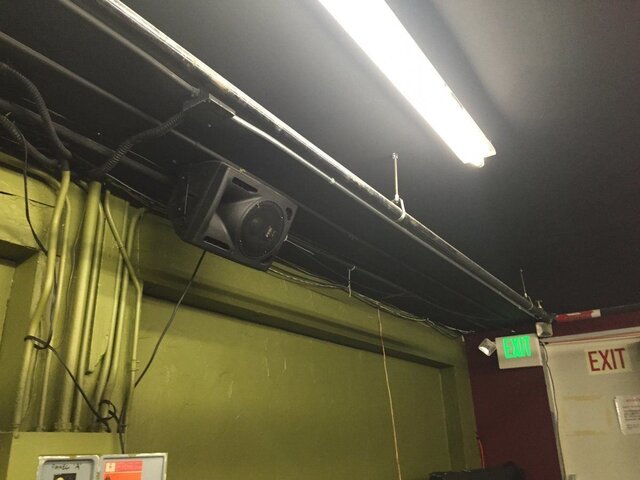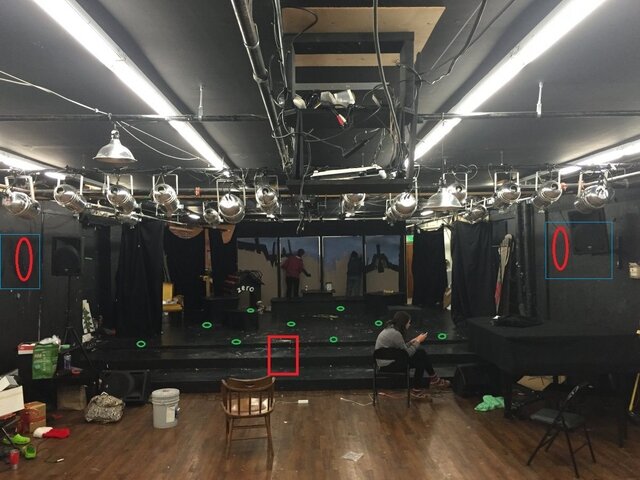AsherSB
Active Member
I work at a small (~100 seat) Children's theater. The space isn't particularly large, but we still use mics over the stage (4 Rode NTG-1s) that go to speakers at the back (2 Gemini RS-408s). Right now the system is out of commission, and I'm redoing it. The mics previously pointed in from the side of the stage, but I think that mounting them facing forward would cut out feed back issues that we have had in the past. We need to make the kids on stage as loud as we can, but right now all our efforts are plagued by high feed back, any thoughts on a more workable solution?
Notes:
-The ceiling is around 7ish feet from the stage floor, and 9ish feet from the house floor.
-the front of the stage is probably around 20-25 feet from the back speakers.
-We have $200, at most $300 to spend on our efforts.
I will post pictures of the space, accurate measurements, and the sound board we will be using as soon as I can tomorrow.
(We open in less then a week, and my window for ordering closes soon, so time is of the essence.)
Thanks!
Notes:
-The ceiling is around 7ish feet from the stage floor, and 9ish feet from the house floor.
-the front of the stage is probably around 20-25 feet from the back speakers.
-We have $200, at most $300 to spend on our efforts.
I will post pictures of the space, accurate measurements, and the sound board we will be using as soon as I can tomorrow.
(We open in less then a week, and my window for ordering closes soon, so time is of the essence.)
Thanks!





